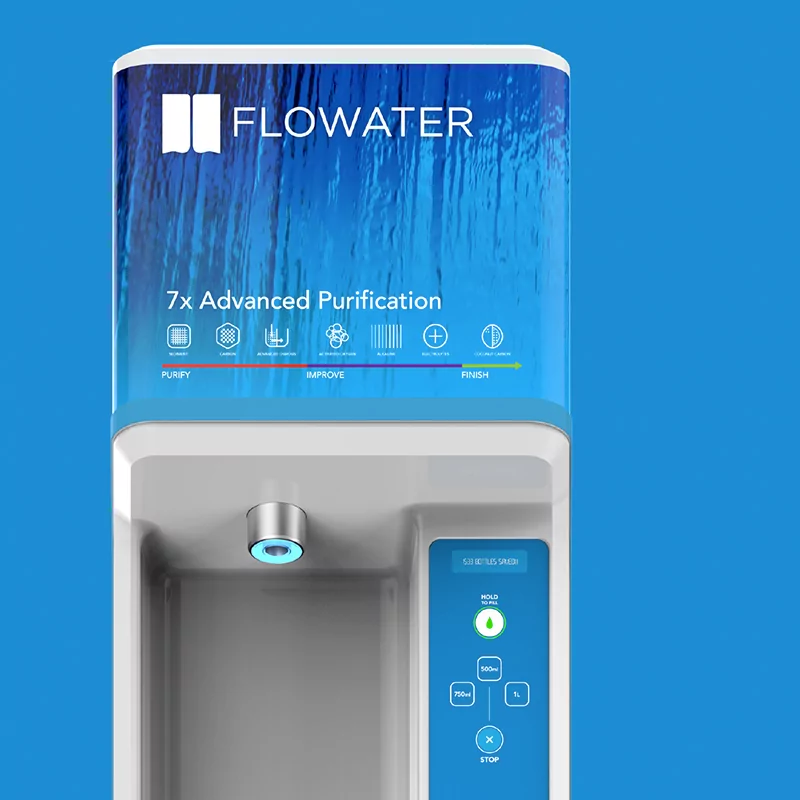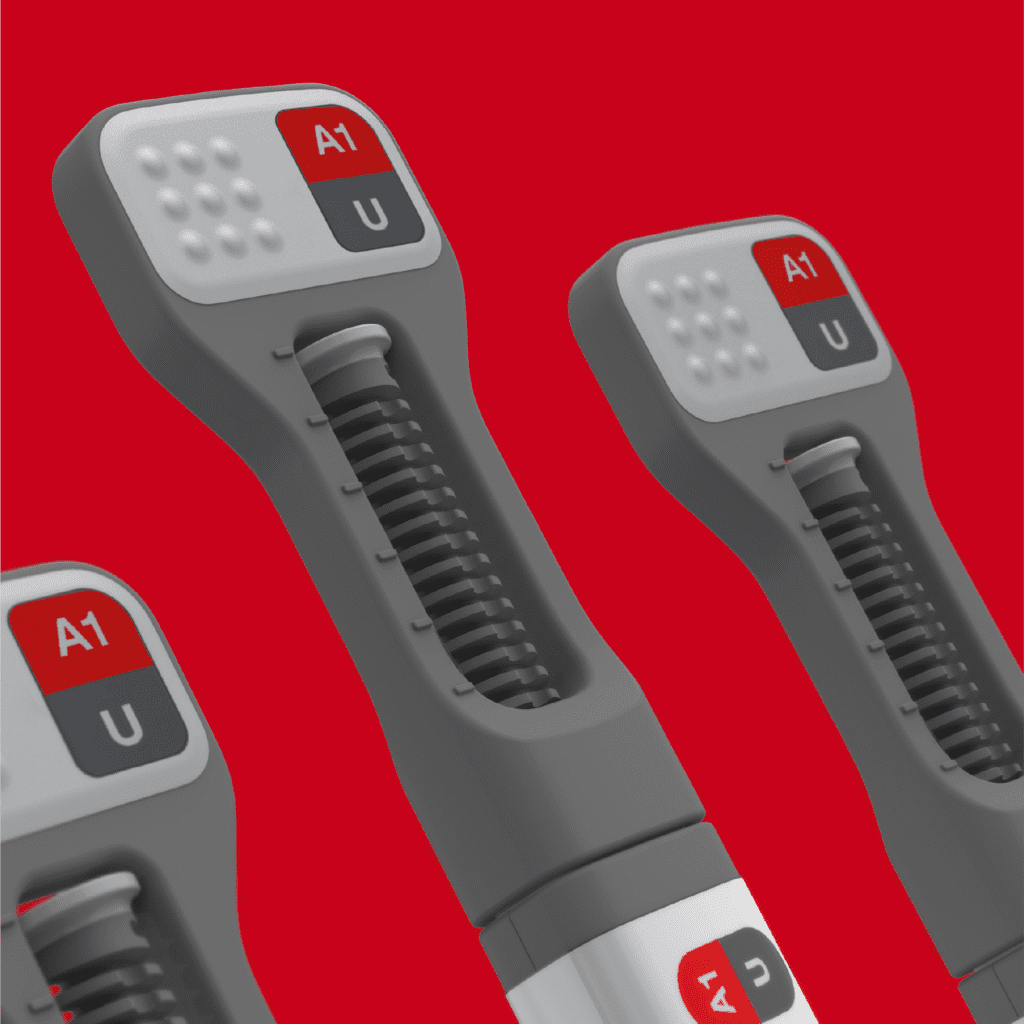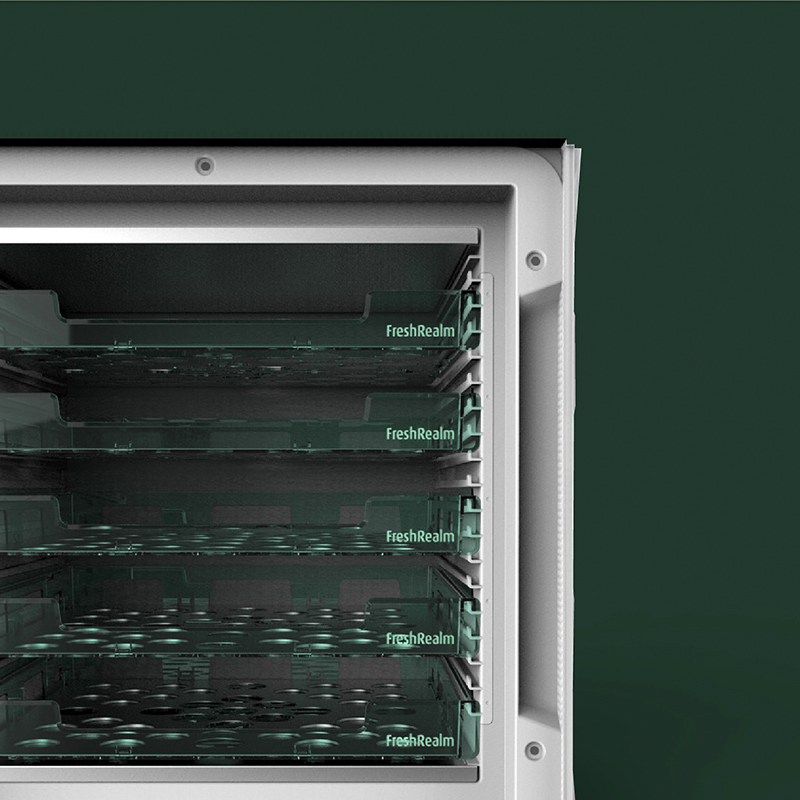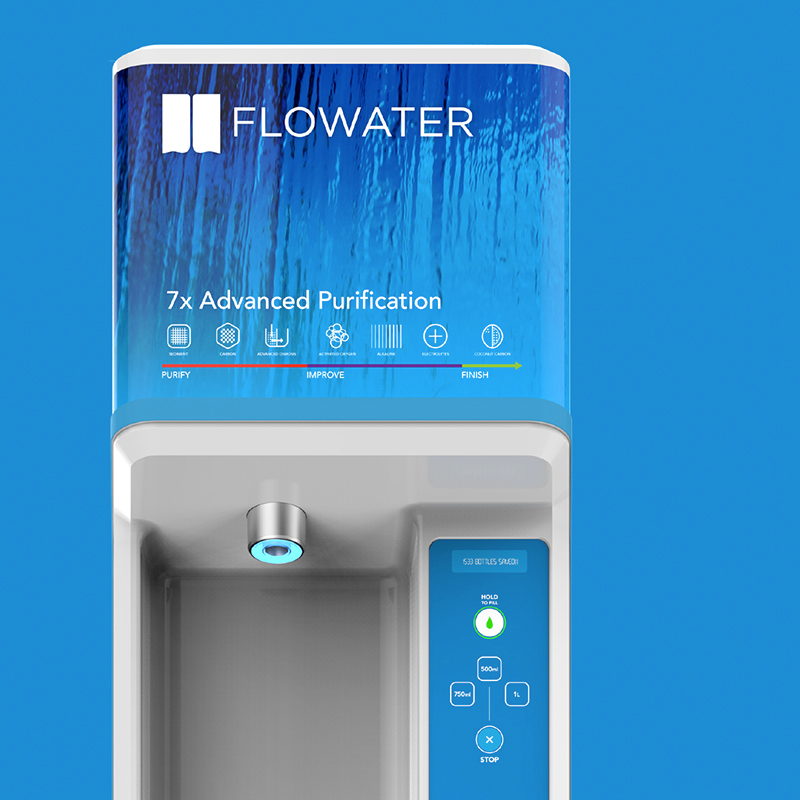Product Development Company
– Ravi Sawhney, Founder
About RKS
As a product development company, we use our human-centered thinking methodology, Psycho-Aesthetics, for our product development solutions. Our product development process includes the design, development, engineering, product strategy, and prototyping of new products to bring our client’s visions to life. Our specialized team of researchers, designers, and engineers leverage their deep industry knowledge to spark creative solutions that drive success.
New product development is a series of steps that begins with an idea. A new product can either introduce new innovative technology or integrate working technology intended for market launch. Product development is a unique process that blends design, innovative engineering, and risk management to drive successful new products to market.
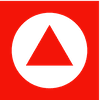
Research and Design for New Product Development
Product development is an interactive process. During the development process, companies may face several challenges, including budget constraints, regulatory hurdles, and competition from other companies. Our client’s come to us to overcome these obstacles.
Psycho-Aesthetics is our human-centered research methodology that allows us to understand how the products we develop achieve user needs. We start our Psycho-Aesthetics process with research, which allows us to de-risk the development process. We clearly identify customer needs against market opportunities to create a solution that stands out. Our researchers and designers have completed hundreds of ethnographies, personas, and competitive research studies worldwide..
Competitive Benchmarking
Auxiliary Research
User Interviews
Tech Scouting
Opportunity Zones
Human-Factors Testing
Research Kits
Industrial Design
UI/UX Design
Graphic Design
AR/VR Design
Human-Centered Methodology
The decades spent developing and evolving P/A advanced the methodology into a highly advanced design-thinking tool. It allows our designers, engineers, and researchers a shared objective, pragmatic, and insightful approach to product design. The Psycho-Aesthetics design process begins with research and extends into a product roadmap. We perform customer research, competitive benchmarking, and word bank creation.
We synthesize our research into competitive mapping, triggers, personas, and the Opportunity Zone. Through the insights found from synthesizing, we examine, identify, define, and forecast the product’s needs. Next, we identify and define the Key Attractors, specific product attributes meant to engage particular target groups.
Key attractors help us tailor our designs to successfully predict cause customers who adopt the product and become evangelists.
Customer Research
We use customer research to understand why and how key features or design decisions fill customer needs and satisfy their preferences. Our team works with clients to understand and then analyze their target consumers and understand their Hero’s Journey. Leveraging our understanding of various markets, we build personas representing the likes, dislikes, desires, and needs of potential target customers.
Competitive Product Benchmarking
The opportunity to create new products usually exists in the opportunity zone between existing products in the market. In addition to customer research, we also do market research through competitive benchmarking. We create a landscape of potential competitors in the market, how they position themselves, and their key differentiators and attractors. We combine diverse data such as customer reviews, form factors, user experience, and user interface into a visual representation using our P/A Methodology.
Stakeholder Buy-In
Companies usually need to achieve stakeholder buy-in early on to ensure success for their product and company. Our talented team of designers generates marketing assets, showcasing an idea early on, allowing the business and management teams to connect the dots from concept to impact for the business. Clients often use these assets for stakeholder buy-in within their company or for Kickstarter and other funding campaigns in startups. These project assets are invaluable in aligning internal stakeholders across the organization around an idea and keeping the project moving along.
Technology Development, Engineering, Prototyping, and Testing
Our product development process includes industrial design, technology development, mechanical engineering, electrical engineering, software development, prototyping, and testing.
New products require new technologies. These new product technologies can be iterations of existing technology or technology built from the ground up. New technology includes new processes, mechanisms, materials, or a combination of all three. Our established team makes careful decisions regarding the new technologies implemented into new products.
Making choices about how to use or create new technologies is a vital risk of the product development process. Our engineering and development teams work collaboratively with all stakeholders early in the process. This enables them to influence decisions from the start to reduce the risk of issues further along in the process.
Aesthetics Refinement (CMF)
Electrical Engineering
Mechanical Engineering
Human factors & ergonomics analysis
Functional invention and feature exploration
Physical model making & validation
Material and detail specification
Sustainable design
Integrated Design and Development
Software Engineering
Emerging Technology Integration
Experiential Prototyping
Intellectual Property (IP) Support
ISO Certification
FDA and HIPAA
Technology Sourcing for Product Development
Technology sourcing is a core competency of ours and critical to the product development process. Technology sourcing is an early-stage interactive matching process between external technologies and internal requirements of the new product development idea. We advise our clients to enable them to optimize their product’s technology and operating models.
Proof of concept prototyping for Product Development
Our prototyping lab sets us apart from our competitors. We implement prototypes as a routine part of the product development process across all projects. It gives our engineers and designers the ability to explore design alternatives, test theories, and confirm product performance before manufacturing.
All of our projects use prototypes to some extent, as prototypes help our designers learn about manufacturing a product, how people will use the product, and how the product could fail or break.
Intellectual Property Support for Product Development
We generate intellectual property (IP) because it sets us apart. It makes us more innovative, quicker with development, and saves our clients time and money. With over 400 patents, we are incredibly successful at generating intellectual property and providing full-service support for our clients.
Compliance Risks
Governmental organizations and associations often impose compliance requirements on new products and services. These requirements differ by company and industry, but the risks are the same. Rejection by these associations creates a risk to the core of new product development. We navigate these risks by leveraging our deep understanding of compliance issues and years of experience finding best-in-class solutions.
Our risk management expertise extends to those requirements. We have created proposals to agencies and associations such as the FDA, FCC, CLIA, ISO, and the European Devices Regulation (MDR).
Global Services
Our work spans the globe, and we offer our product development services to teams and companies around the world. Our team has traveled to India, Africa, Europe, and everywhere in between. Our company is well suited to the challenges of international work, navigating cultural and geographic barriers.
Execution
Our designers have created designs that have enhanced the lives of millions of people around the world.
Our product development has created new opportunities for thousands of companies. We navigate product development for our clients to help them achieve successful product launch through our expertise in consulting, design, prototyping, and execution. We help optimize the use of a budget and create final products that are effective in their target markets
Execution Capabilities
Emerging Technology Integration
Business Model Design
Experimental Prototyping
Qualitative Resonance Testing
Pilot Design and Testing
Rollout Support
Medical Product Development
Consumer Product Development
Commercial/Industrial Product Development
CPG Product Development
IoT Product Development
Durables Product Development
Research for Product Development
Product Formative Usability Testing for Product Development
To evaluate the user experience of a new product, we use usability tests. We utilize usability testing to evaluate how seamless the implementation of the product will be.
The tests take place with real users to measure how ‘usable’ or ‘intuitive’ a design is and how easy it is for users to reach their goals.
We also conduct summative testing, which validates the human factors testing. This testing occurs after production and includes the training and labeling of the final product.
Product Engineering for Product Development
Product Engineering is a vital part of the development process.
Our engineers are involved in the development from the beginning and work collaboratively with our clients to iterate on the most effective decisions for manufacturing. Without product engineering, product development would not be possible.
Material selection for Product Development
Materials science is the relationship between a material’s composition, microstructure, properties, and manufacturing effects on a material’s microstructure.
The selection and proper implementation of materials by our team determine whether a product meets its performance, reliability, and cost requirements. Our designers and engineers are experts in choosing the best materials to optimize any product.
FloWater
Materials Sourcing for Product Development
Over our forty-plus years of product development, we have gained unique access to materials and technology for products. For products requiring manufacturing, sourcing is one of the essential services we offer.
Our close relationships with suppliers provide us the freedom to support innovation efforts, benefiting both our clients and the suppliers by gaining a competitive advantage.
Furthermore, our diverse network of relationships enables us to compare costs and have alternative options in case any of our suppliers are unable to fulfill their obligations.
Product Manufacturing for Product Development
Our sourcing and vetting management services include finding the right partner and managing the production of the final product. While manufacturing is the last stage, decisions made early on can make manufacturing the product cheaper and more efficient. Our team engages our manufacturing partners throughout the process to ensure the early decisions are consistent with manufacturing needs
Medical Product Development
FAQ's
What does a product development firm do?
A product development firm is a professional service organization that specializes in providing product design, development, and engineering services to clients in various industries. These firms offer a range of services, including research and analysis, product design, prototyping, testing, and production support, to help clients bring their products to market. Product development firms work with a variety of clients, including manufacturers, startups, and established companies, to help them create innovative and competitive products.
The product development process is a collaborative effort between the product development firm and the client, involving input and feedback from multiple stakeholders, including industrial designers, engineers, marketers, and manufacturers. A product development firm combines expertise in design and engineering with a deep understanding of industry trends and customer preferences to create products that meet the needs of the end user. Whether working on a new product concept or improving an existing product, a product development firm provides valuable support and expertise to help clients bring their ideas to life.
A product development firm can provide a wide range of services, including market research, user research, design research, prototyping, testing, and production support. With a focus on delivering quality products that meet the needs of the end user, a product development firm is a key partner for organizations looking to drive growth and improve their operations through innovation.
What is new product development?
New product development is the process of creating and launching a new product into the market. This process is crucial for businesses as it allows them to expand their product offerings, attract new customers, and increase revenue.
The new product development process typically involves several stages, including idea generation, market research, product design and prototyping, testing, and launch. Each stage is important for ensuring the success of the product and identifying potential issues or improvements before it is released to the market.
During the idea generation stage, businesses brainstorm potential product ideas and evaluate their potential marketability. This stage is important for identifying new opportunities and trends in the market.
Market research is then conducted to assess the potential demand and competition for the product. This stage helps businesses understand the target market and their needs, as well as the potential risks and rewards of launching the product.
Once the product idea has been thoroughly researched and refined, the product design and prototyping stage begins. This stage involves creating a physical or digital prototype of the product, which can be tested and refined before the final product is produced.
Testing is an essential part of the new product development process. This stage involves conducting various types of testing, such as user testing, market testing, and functional testing, to ensure the product is functional, user-friendly, and meets market needs.
Finally, the product is launched into the market. This stage involves creating marketing and sales strategies, as well as identifying and securing distribution channels for the product.
Do I need an idea?
We often help our clients refine and generate new ideas.
Human-centered design is a process that places the user at the center of the design process, making it an effective tool for generating ideas for new products. The process involves identifying the user’s needs, wants, and pain points and using this information to develop solutions that meet their requirements. To use human-centered design to generate ideas for new products, it’s essential to conduct user research to gather insights into the target audience’s behavior, preferences, and pain points. These insights can be used to identify areas where there is a gap in the market or an opportunity for innovation. The ideas can then be tested and refined through rapid prototyping and user testing, ensuring that the end product meets the user’s needs and exceeds their expectations.
How complex can my idea be?
Our experienced team of engineers, researchers, and designers is capable of developing even the most complex products. With years of experience and expertise in various industries, we can tackle any project with confidence and precision. Our team’s skills range from mechanical and electrical engineering to user research and human-centered design. We also have a comprehensive understanding of the latest technologies and software, allowing us to stay at the forefront of innovation. Our team works collaboratively to ensure that all aspects of the product development process are integrated seamlessly, from research and development to prototyping and testing. No matter the complexity of the project, our team is up to the challenge, and we take pride in delivering high-quality, innovative solutions to our clients.
Does RKS have in-house prototyping abilities?
RKS Design is proud to offer in-house prototyping capabilities that enable us to bring our clients’ ideas to life quickly and efficiently. Our prototyping capabilities include 3D printing, CNC machining, laser cutting, and electronics assembly. These tools allow us to create functional prototypes that can be tested and refined until they meet our clients’ expectations. By keeping prototyping in-house, we can control the entire process, ensuring that we meet our clients’ timelines and budget requirements. Our experienced team of designers and engineers is well-versed in the latest prototyping technologies, allowing us to create high-quality prototypes that accurately represent our clients’ vision.
How are new patents generated from product development?
We pride ourselves on constantly pushing the boundaries of innovation and technology. Part of this involves generating new patents from product development.
The process of generating new patents begins with an idea or concept for a product. This idea is then thoroughly researched and developed into a detailed design plan. Once the design is finalized, it is carefully examined to ensure that it is truly unique and innovative.
If the product meets these requirements, we will then file a patent application with the appropriate government agency. This process involves providing detailed information about the product, including its design, function, and intended use.
Once the patent application is filed, it will go through a review process to determine whether the product is eligible for a patent. If the product is deemed eligible, a patent will be granted and the product will be protected from being copied or imitated by competitors.
Throughout the product development process, we also conduct regular market research to determine the potential demand for the product and assess its potential commercial success. This information is used to guide the development of the product and ensure that it will be well-received by consumers.
Generating new patents from product development requires a combination of innovative thinking, thorough research, and strategic planning. At our design firm, we are dedicated to creating unique and valuable products that will benefit both our clients and the market as a whole.
Do clients usually own the patents in the product development process?
As a design firm, we often work with clients on product development projects. In these cases, the question of who owns the patents for the final product is a common one.
In general, the answer is that the client usually owns the patents for the products we develop together. This is because the client is typically the one providing the initial idea or concept for the product, and they are the ones funding the development process. As such, they have the right to claim ownership of the resulting patents.
However, there are some exceptions to this rule. For instance, if our design firm brings a unique innovation or technology to the table that significantly contributes to the final product, we may have some claim to the patents as well. In these cases, we would work with the client to come to a mutually agreeable solution, such as sharing ownership of the patents or entering into a licensing agreement.
It’s important to note that the ownership of patents can also be affected by any pre-existing agreements between the design firm and the client. For example, if our contract includes language stating that the client will own the patents for any products developed during the project, then that would supersede any other considerations.
Overall, the ownership of patents in the product development process is typically determined by the specific circumstances of each project. Our design firm is always willing to work with clients to ensure a fair and mutually beneficial outcome in regards to patent ownership.
Product Development Project Spotlight
Discus Dental
FloWater
FreshRealm
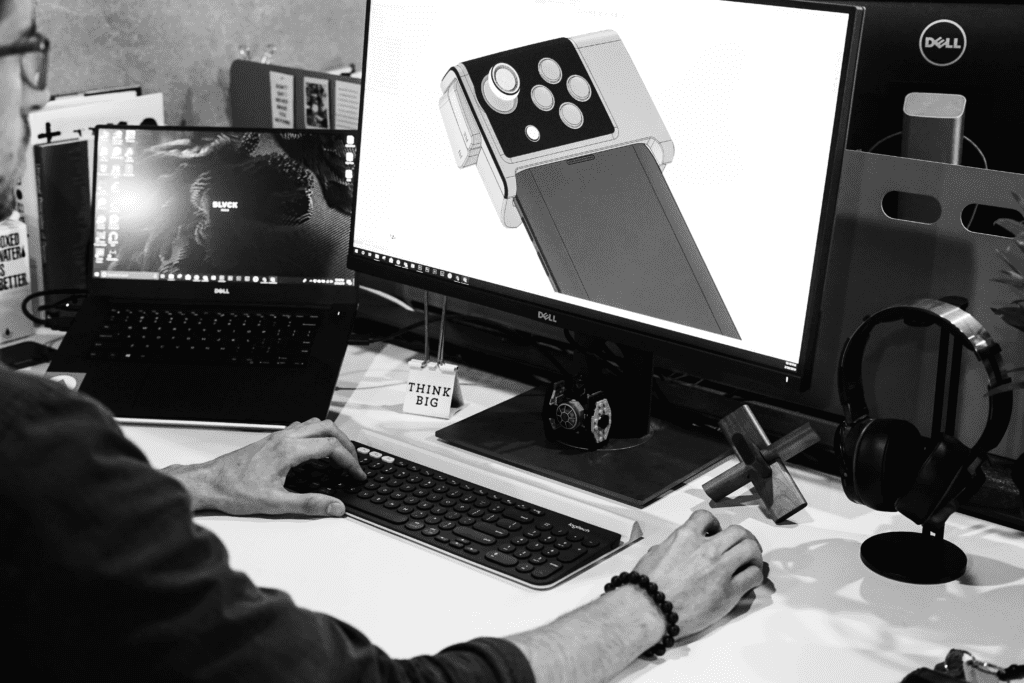
Product Development Company
As a product development company, we design and develop products and services for our clients. We have experience creating digital products and physical products across various markets and industries.

Featured Development Projects

– Ravi Sawhney, Founder
About RKS
As a product development company, we use our human-centered thinking methodology, Psycho-Aesthetics, for our product development solutions. Our product development process includes the design, development, engineering, product strategy, and prototyping of new products to bring our client’s visions to life. Our specialized team of researchers, designers, and engineers leverage their deep industry knowledge to spark creative solutions that drive success.
New product development is a series of steps that begins with an idea. A new product can either introduce new innovative technology or integrate working technology intended for market launch. Product development is a unique process that blends design, innovative engineering, and risk management to drive successful new products to market.

Research and Design
Product development is an interactive process. During the development process, companies may face several challenges, including budget constraints, regulatory hurdles, and competition from other companies. Our client’s come to us to overcome these obstacles.
![]() Ethnographic Research
Ethnographic Research
![]() Competitive Benchmarking
Competitive Benchmarking
![]() Auxiliary Research
Auxiliary Research
![]() User Interviews
User Interviews
![]() Tech Scouting
Tech Scouting
![]() Opportunity Zones
Opportunity Zones
![]() Human-Factors Testing
Human-Factors Testing
![]() Research Kits
Research Kits
![]() Industrial Design
Industrial Design
![]() UI/UX Design
UI/UX Design
![]() Graphic Design
Graphic Design
![]() AR/VR Design
AR/VR Design
Psycho-Aesthetics is our human-centered research methodology that allows us to understand how the products we develop achieve user needs. We start our Psycho-Aesthetics process with research, which allows us to de-risk the development process. We clearly identify customer needs against market opportunities to create a solution that stands out. Our researchers and designers have completed hundreds of ethnographies, personas, and competitive research studies worldwide.
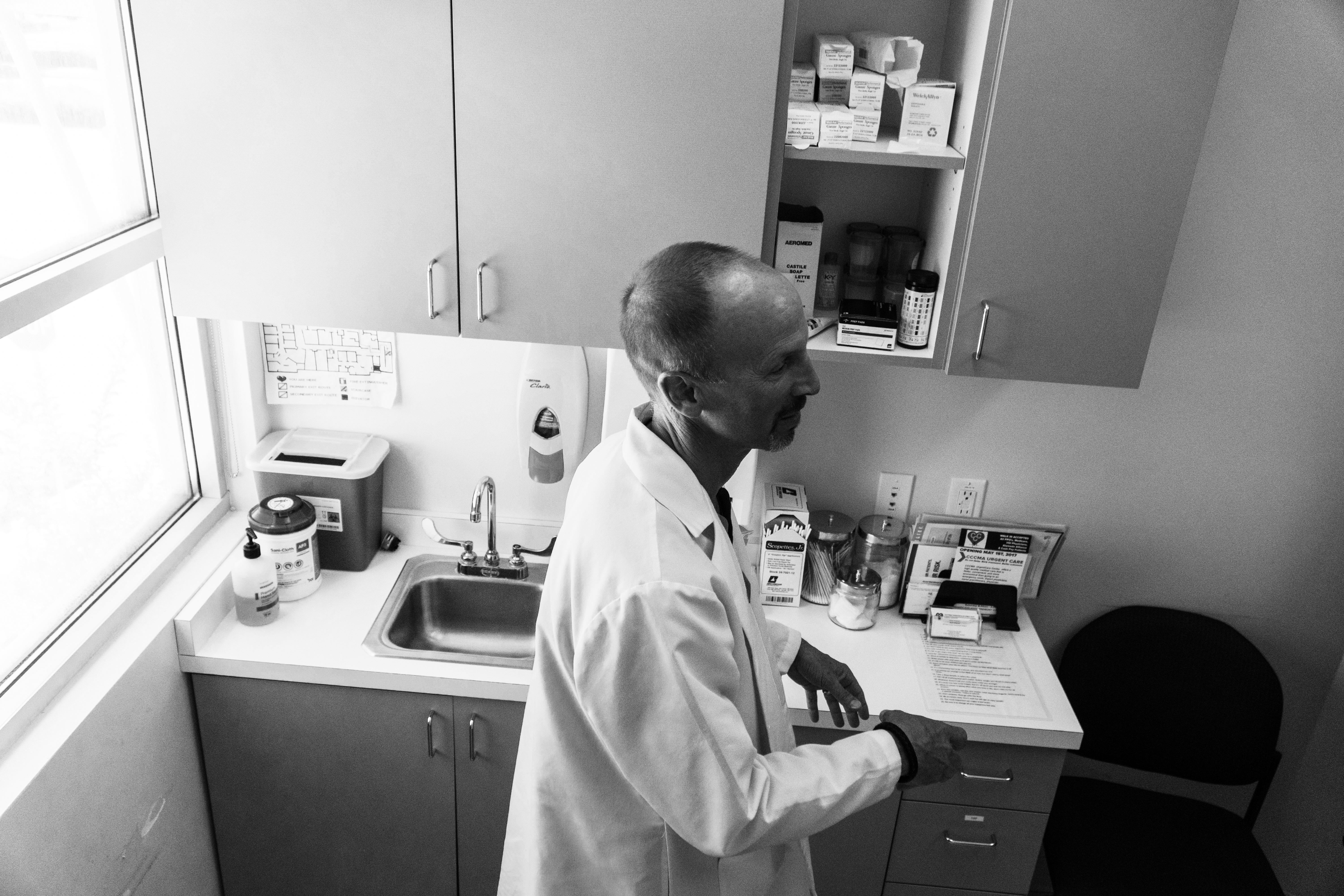
Human-Centered Methodology
The decades spent developing and evolving P/A advanced the methodology into a highly advanced design-thinking tool. It allows our designers, engineers, and researchers a shared objective, pragmatic, and insightful approach to product design. The Psycho-Aesthetics design process begins with research and extends into a product roadmap. We perform customer research, competitive benchmarking, and word bank creation.
We synthesize our research into competitive mapping, triggers, personas, and the Opportunity Zone. Through the insights found from synthesizing, we examine, identify, define, and forecast the product’s needs. Next, we identify and define the Key Attractors, specific product attributes meant to engage particular target groups.
Key attractors help us tailor our designs to successfully predict cause customers who adopt the product and become evangelists.

Customer Research
We use customer research to understand why and how key features or design decisions fill customer needs and satisfy their preferences. Our team works with clients to understand and then analyze their target consumers and understand their Hero’s Journey. Leveraging our understanding of various markets, we build personas representing the likes, dislikes, desires, and needs of potential target customers.
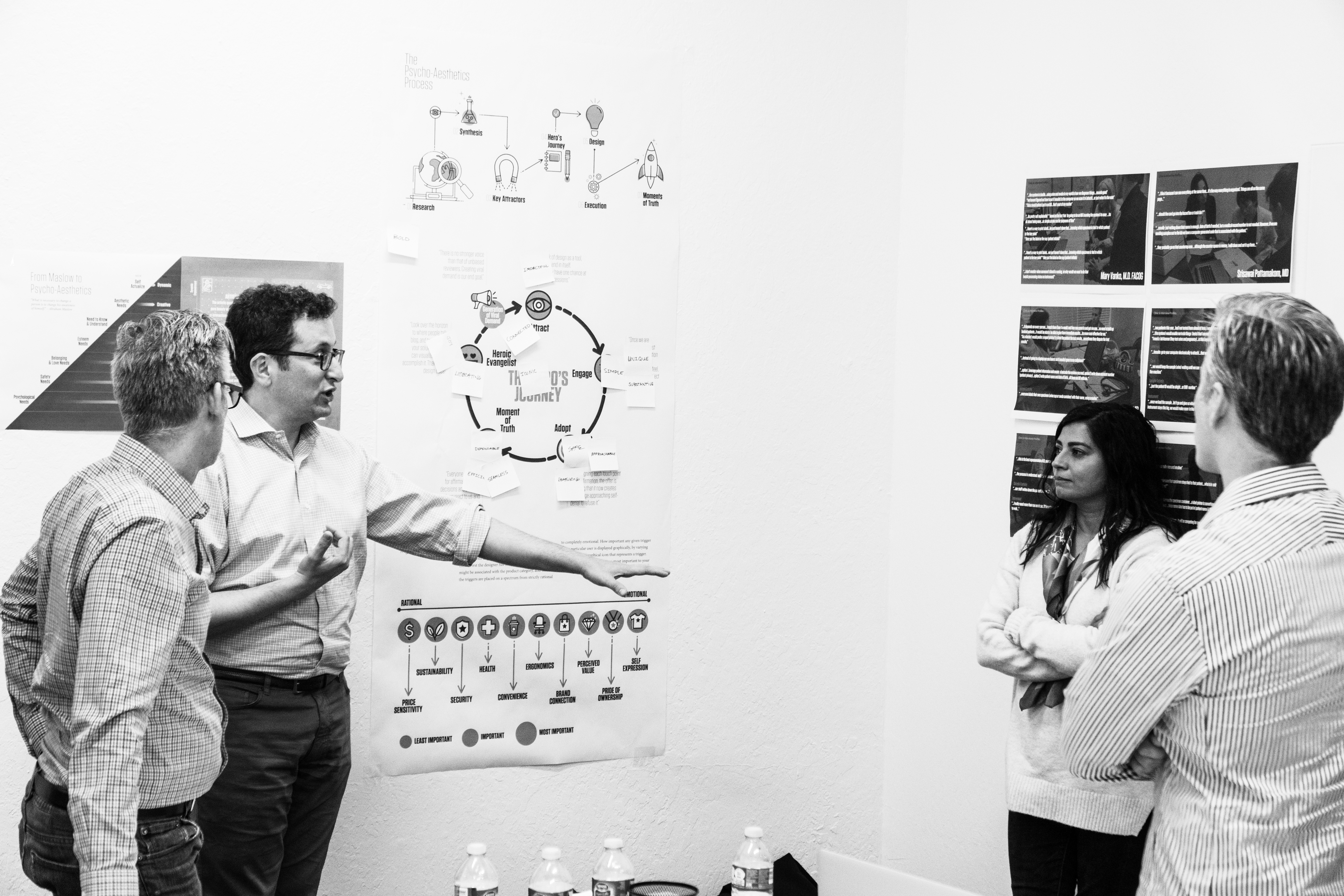
Competitive Product Benchmarking
The opportunity to create new products usually exists in the opportunity zone between existing products in the market. In addition to customer research, we also do market research through competitive benchmarking. We create a landscape of potential competitors in the market, how they position themselves, and their key differentiators and attractors. We combine diverse data such as customer reviews, form factors, user experience, and user interface into a visual representation using our P/A Methodology.

Stakeholder Buy-In
Companies usually need to achieve stakeholder buy-in early on to ensure success for their product and company. Our talented team of designers generates marketing assets, showcasing an idea early on, allowing the business and management teams to connect the dots from concept to impact for the business. Clients often use these assets for stakeholder buy-in within their company or for Kickstarter and other funding campaigns in startups. These project assets are invaluable in aligning internal stakeholders across the organization around an idea and keeping the project moving along.
Technology Development, Engineering, Prototyping, and Testing
Our product development process includes industrial design, technology development, mechanical engineering, electrical engineering, software development, prototyping, and testing.
New products require new technologies. These new product technologies can be iterations of existing technology or technology built from the ground up. New technology includes new processes, mechanisms, materials, or a combination of all three. Our established team makes careful decisions regarding the new technologies implemented into new products.
Making choices about how to use or create new technologies is a vital risk of the product development process. Our engineering and development teams work collaboratively with all stakeholders early in the process. This enables them to influence decisions from the start to reduce the risk of issues further along in the process.
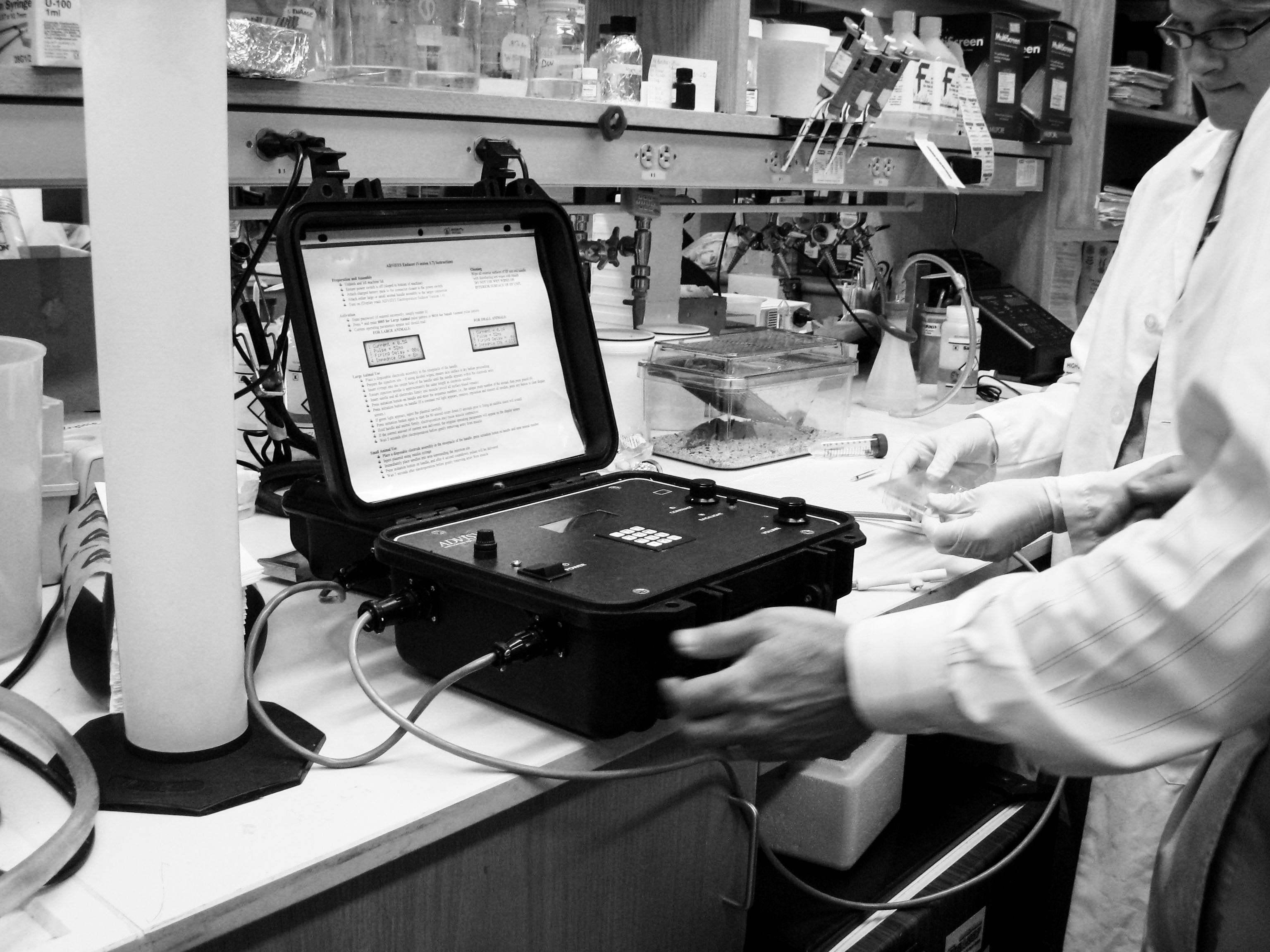
Technology Sourcing for Product Development
Technology sourcing is a core competency of ours and critical to the product development process. Technology sourcing is an early-stage interactive matching process between external technologies and internal requirements of the new product development idea. We advise our clients to enable them to optimize their product’s technology and operating models.

Proof of Concept Prototyping for Product Development
Our prototyping lab sets us apart from our competitors. We implement prototypes as a routine part of the product development process across all projects. It gives our engineers and designers the ability to explore design alternatives, test theories, and confirm product performance before manufacturing.
All of our projects use prototypes to some extent, as prototypes help our designers learn about manufacturing a product, how people will use the product, and how the product could fail or break.
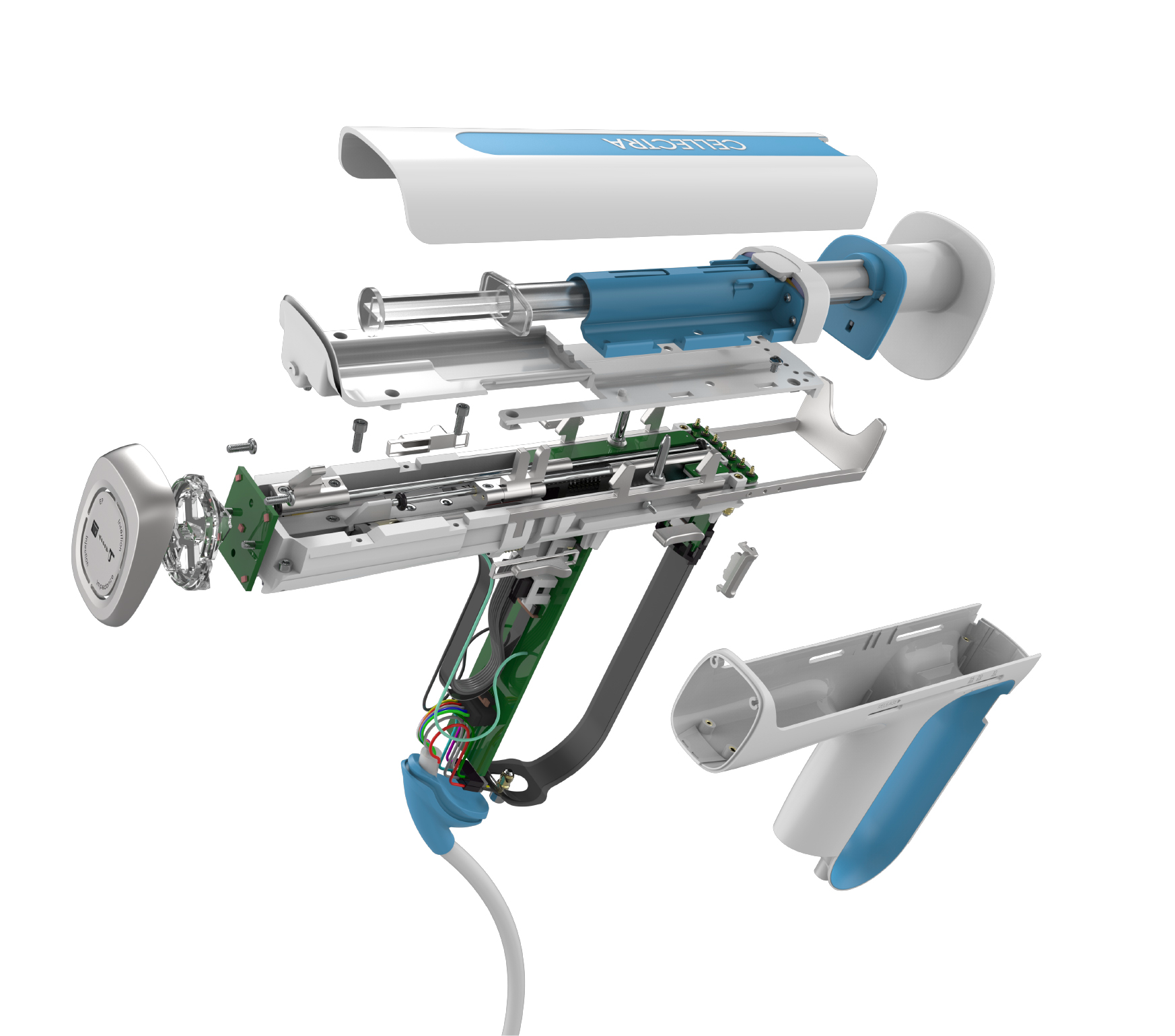
Intellectual Property Support for Product Development
We generate intellectual property (IP) because it sets us apart. It makes us more innovative, quicker with development, and saves our clients time and money. With over 400 patents, we are incredibly successful at generating intellectual property and providing full-service support for our clients.

Compliance Risks
Governmental organizations and associations often impose compliance requirements on new products and services. These requirements differ by company and industry, but the risks are the same. Rejection by these associations creates a risk to the core of new product development. We navigate these risks by leveraging our deep understanding of compliance issues and years of experience finding best-in-class solutions.
Our risk management expertise extends to those requirements. We have created proposals to agencies and associations such as the FDA, FCC, CLIA, ISO, and the European Devices Regulation (MDR).
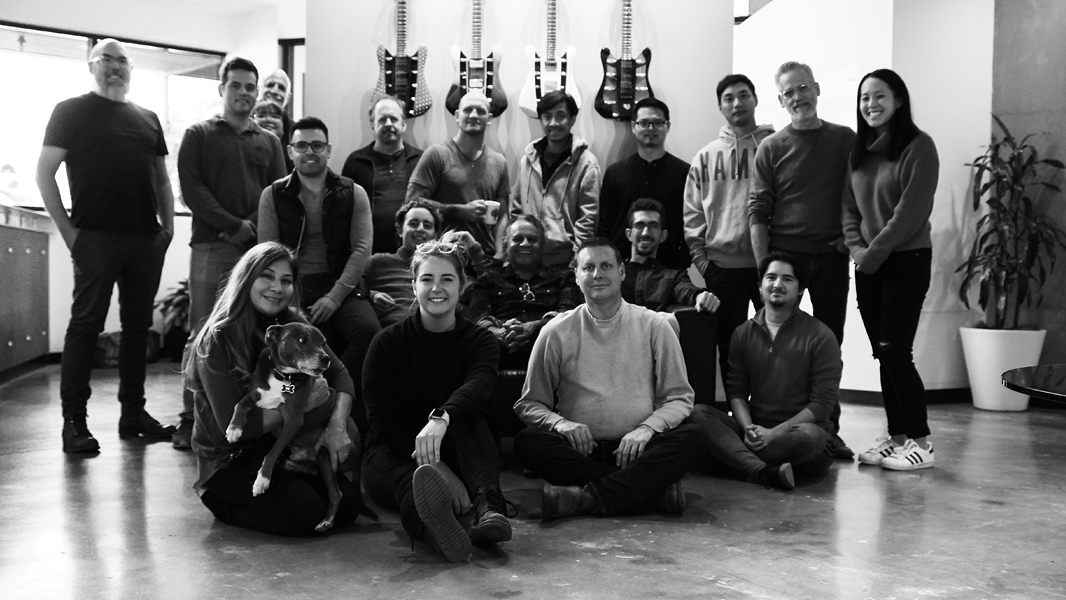
Global Services
Our work spans the globe, and we offer our product development services to teams and companies around the world. Our team has traveled to India, Africa, Europe, and everywhere in between. Our company is well suited to the challenges of international work, navigating cultural and geographic barriers.
Execution
Our designers have created designs that have enhanced the lives of millions of people around the world.
![]() Design and Development
Design and Development![]() Emerging Technology Integration
Emerging Technology Integration![]() Business Model Design
Business Model Design![]() Experimental Prototyping
Experimental Prototyping![]() Qualitative Resonance Testing
Qualitative Resonance Testing![]() Pilot Design and Testing
Pilot Design and Testing![]() Rollout Support
Rollout Support![]() Medical Product Development
Medical Product Development![]() Consumer Product Development
Consumer Product Development![]() Commercial/Industrial Product Development
Commercial/Industrial Product Development![]() CPG Product Development
CPG Product Development![]() IoT Product Development
IoT Product Development![]() Durables Product Development
Durables Product Development

Our product development has created new opportunities for thousands of companies. We navigate product development for our clients to help them achieve successful product launch through our expertise in consulting, design, prototyping, and execution. We help optimize the use of a budget and create final products that are effective in their target markets
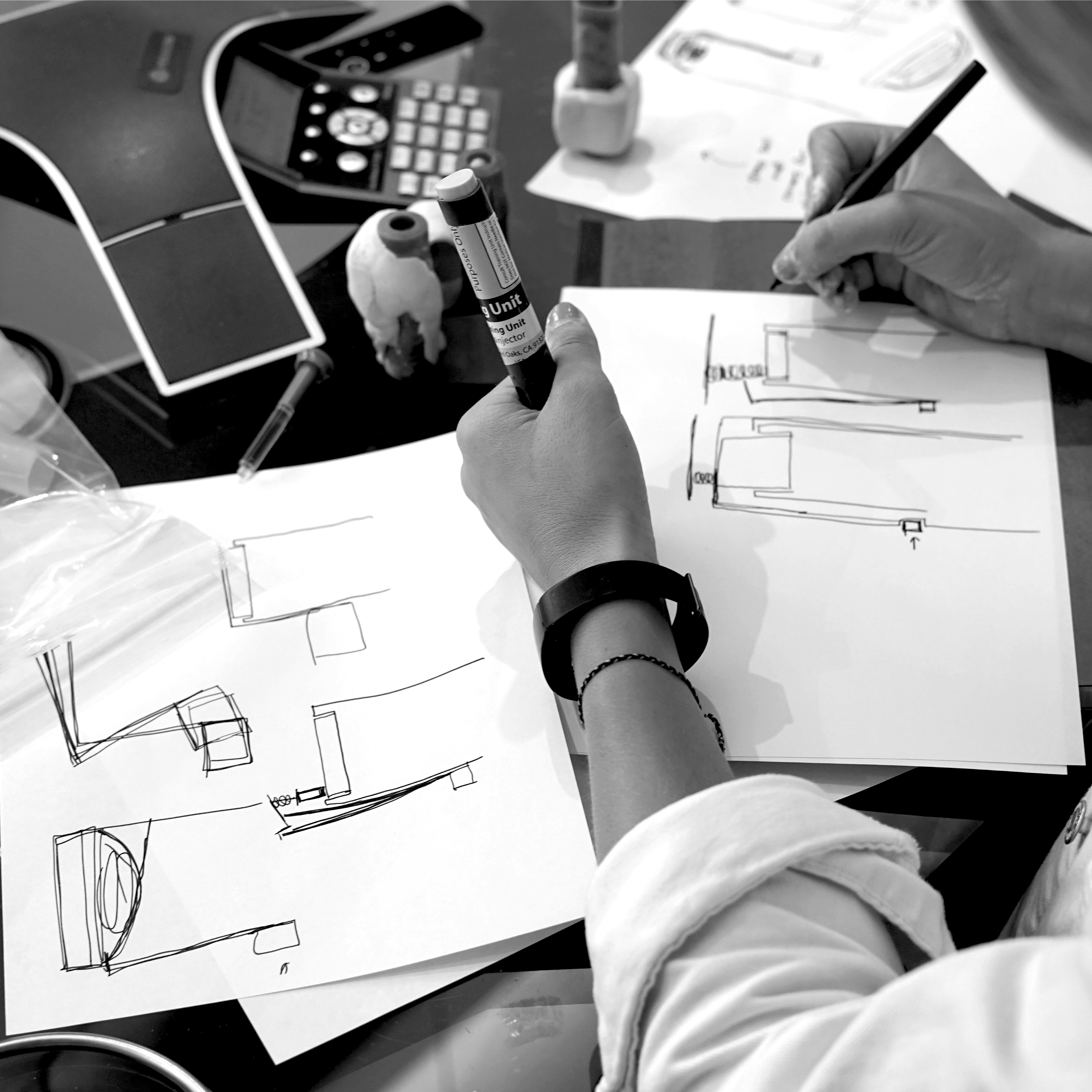
Research for Product Development

Product Formative Usability Testing for Product Development
To evaluate the user experience of a new product, we use usability tests. We utilize usability testing to evaluate how seamless the implementation of the product will be.
The tests take place with real users to measure how ‘usable’ or ‘intuitive’ a design is and how easy it is for users to reach their goals.
We also conduct summative testing, which validates the human factors testing. This testing occurs after production and includes the training and labeling of the final product.
Product Engineering for Product Development
Product Engineering is a vital part of the development process.
Our engineers are involved in the development from the beginning and work collaboratively with our clients to iterate on the most effective decisions for manufacturing. Without product engineering, product development would not be possible.

Material Selection for Product Development
Materials science is the relationship between a material’s composition, microstructure, properties, and manufacturing effects on a material’s microstructure.
The selection and proper implementation of materials by our team determine whether a product meets its performance, reliability, and cost requirements. Our designers and engineers are experts in choosing the best materials to optimize any product.
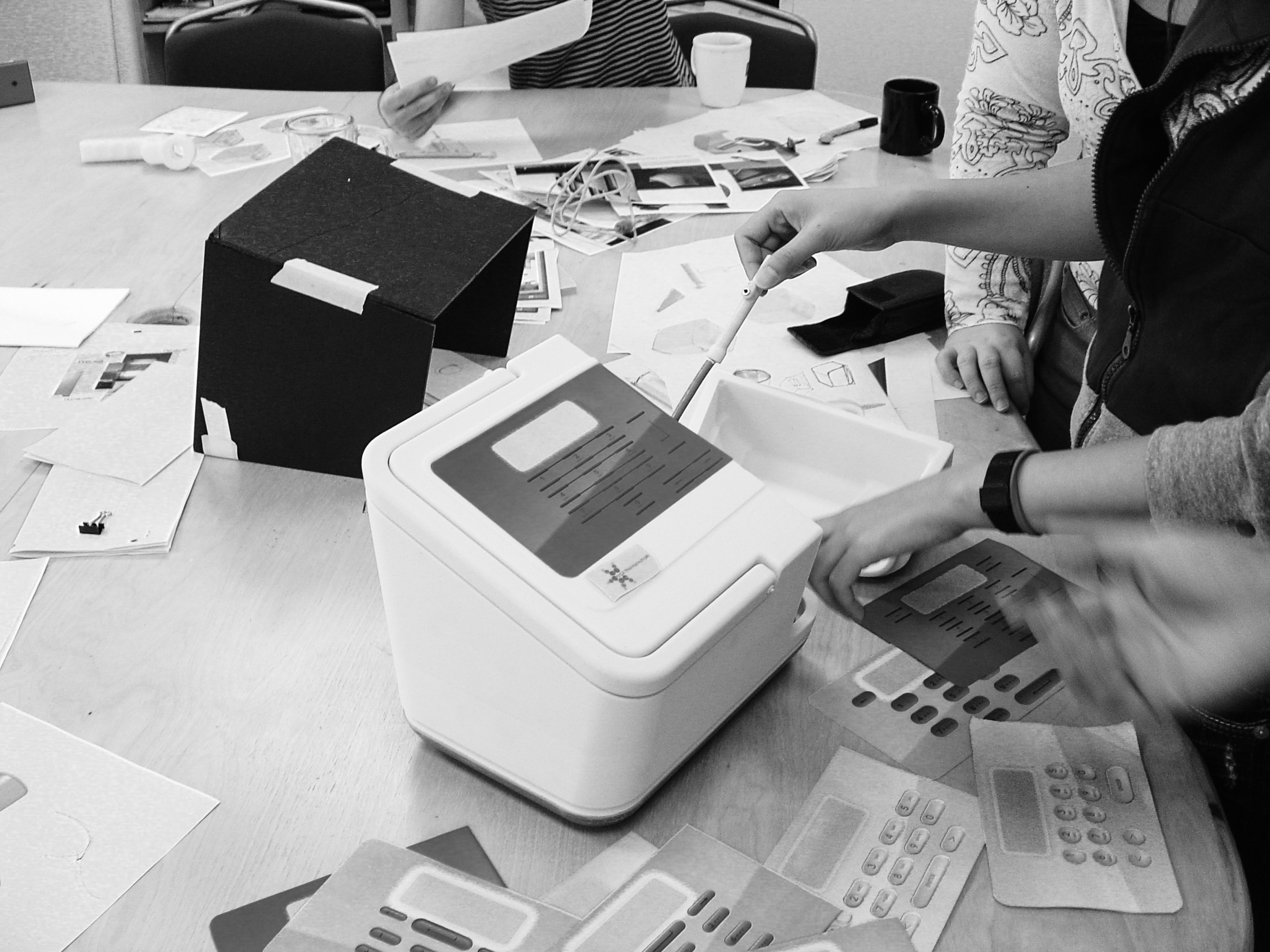
Materials Sourcing for Product Development
Over our forty-plus years of product development, we have gained unique access to materials and technology for products. For products requiring manufacturing, sourcing is one of the essential services we offer.
Our close relationships with suppliers provide us the freedom to support innovation efforts, benefiting both our clients and the suppliers by gaining a competitive advantage.
Furthermore, our diverse network of relationships enables us to compare costs and have alternative options in case any of our suppliers are unable to fulfill their obligations.
Product Manufacturing for Product Development
Our sourcing and vetting management services include finding the right partner and managing the production of the final product. While manufacturing is the last stage, decisions made early on can make manufacturing the product cheaper and more efficient. Our team engages our manufacturing partners throughout the process to ensure the early decisions are consistent with manufacturing needs.
Medical Product Development
FAQ's
What does a product development firm do?
A product development firm is a professional service organization that specializes in providing product design, development, and engineering services to clients in various industries. These firms offer a range of services, including research and analysis, product design, prototyping, testing, and production support, to help clients bring their products to market. Product development firms work with a variety of clients, including manufacturers, startups, and established companies, to help them create innovative and competitive products.
The product development process is a collaborative effort between the product development firm and the client, involving input and feedback from multiple stakeholders, including industrial designers, engineers, marketers, and manufacturers. A product development firm combines expertise in design and engineering with a deep understanding of industry trends and customer preferences to create products that meet the needs of the end user. Whether working on a new product concept or improving an existing product, a product development firm provides valuable support and expertise to help clients bring their ideas to life.
A product development firm can provide a wide range of services, including market research, user research, design research, prototyping, testing, and production support. With a focus on delivering quality products that meet the needs of the end user, a product development firm is a key partner for organizations looking to drive growth and improve their operations through innovation.
What is new product development?
New product development is the process of creating and launching a new product into the market. This process is crucial for businesses as it allows them to expand their product offerings, attract new customers, and increase revenue.
The new product development process typically involves several stages, including idea generation, market research, product design and prototyping, testing, and launch. Each stage is important for ensuring the success of the product and identifying potential issues or improvements before it is released to the market.
During the idea generation stage, businesses brainstorm potential product ideas and evaluate their potential marketability. This stage is important for identifying new opportunities and trends in the market.
Market research is then conducted to assess the potential demand and competition for the product. This stage helps businesses understand the target market and their needs, as well as the potential risks and rewards of launching the product.
Once the product idea has been thoroughly researched and refined, the product design and prototyping stage begins. This stage involves creating a physical or digital prototype of the product, which can be tested and refined before the final product is produced.
Testing is an essential part of the new product development process. This stage involves conducting various types of testing, such as user testing, market testing, and functional testing, to ensure the product is functional, user-friendly, and meets market needs.
Finally, the product is launched into the market. This stage involves creating marketing and sales strategies, as well as identifying and securing distribution channels for the product.
Do I need an idea?
We often help our clients refine and generate new ideas.
Human-centered design is a process that places the user at the center of the design process, making it an effective tool for generating ideas for new products. The process involves identifying the user’s needs, wants, and pain points and using this information to develop solutions that meet their requirements. To use human-centered design to generate ideas for new products, it’s essential to conduct user research to gather insights into the target audience’s behavior, preferences, and pain points. These insights can be used to identify areas where there is a gap in the market or an opportunity for innovation. The ideas can then be tested and refined through rapid prototyping and user testing, ensuring that the end product meets the user’s needs and exceeds their expectations.
How complex can my idea be?
Our experienced team of engineers, researchers, and designers is capable of developing even the most complex products. With years of experience and expertise in various industries, we can tackle any project with confidence and precision. Our team’s skills range from mechanical and electrical engineering to user research and human-centered design. We also have a comprehensive understanding of the latest technologies and software, allowing us to stay at the forefront of innovation. Our team works collaboratively to ensure that all aspects of the product development process are integrated seamlessly, from research and development to prototyping and testing. No matter the complexity of the project, our team is up to the challenge, and we take pride in delivering high-quality, innovative solutions to our clients.
Does RKS have in-house prototyping abilities?
RKS Design is proud to offer in-house prototyping capabilities that enable us to bring our clients’ ideas to life quickly and efficiently. Our prototyping capabilities include 3D printing, CNC machining, laser cutting, and electronics assembly. These tools allow us to create functional prototypes that can be tested and refined until they meet our clients’ expectations. By keeping prototyping in-house, we can control the entire process, ensuring that we meet our clients’ timelines and budget requirements. Our experienced team of designers and engineers is well-versed in the latest prototyping technologies, allowing us to create high-quality prototypes that accurately represent our clients’ vision.
How are new patents generated from product development?
We pride ourselves on constantly pushing the boundaries of innovation and technology. Part of this involves generating new patents from product development.
The process of generating new patents begins with an idea or concept for a product. This idea is then thoroughly researched and developed into a detailed design plan. Once the design is finalized, it is carefully examined to ensure that it is truly unique and innovative.
If the product meets these requirements, we will then file a patent application with the appropriate government agency. This process involves providing detailed information about the product, including its design, function, and intended use.
Once the patent application is filed, it will go through a review process to determine whether the product is eligible for a patent. If the product is deemed eligible, a patent will be granted and the product will be protected from being copied or imitated by competitors.
Throughout the product development process, we also conduct regular market research to determine the potential demand for the product and assess its potential commercial success. This information is used to guide the development of the product and ensure that it will be well-received by consumers.
Generating new patents from product development requires a combination of innovative thinking, thorough research, and strategic planning. At our design firm, we are dedicated to creating unique and valuable products that will benefit both our clients and the market as a whole.
Do clients usually own the patents in the product development process?
As a design firm, we often work with clients on product development projects. In these cases, the question of who owns the patents for the final product is a common one.
In general, the answer is that the client usually owns the patents for the products we develop together. This is because the client is typically the one providing the initial idea or concept for the product, and they are the ones funding the development process. As such, they have the right to claim ownership of the resulting patents.
However, there are some exceptions to this rule. For instance, if our design firm brings a unique innovation or technology to the table that significantly contributes to the final product, we may have some claim to the patents as well. In these cases, we would work with the client to come to a mutually agreeable solution, such as sharing ownership of the patents or entering into a licensing agreement.
It’s important to note that the ownership of patents can also be affected by any pre-existing agreements between the design firm and the client. For example, if our contract includes language stating that the client will own the patents for any products developed during the project, then that would supersede any other considerations.
Overall, the ownership of patents in the product development process is typically determined by the specific circumstances of each project. Our design firm is always willing to work with clients to ensure a fair and mutually beneficial outcome in regards to patent ownership.
